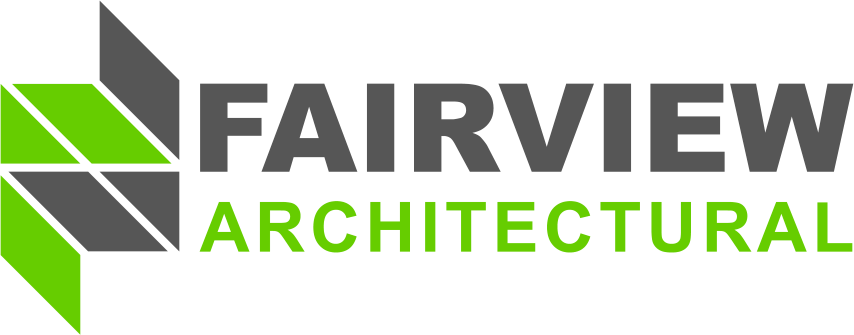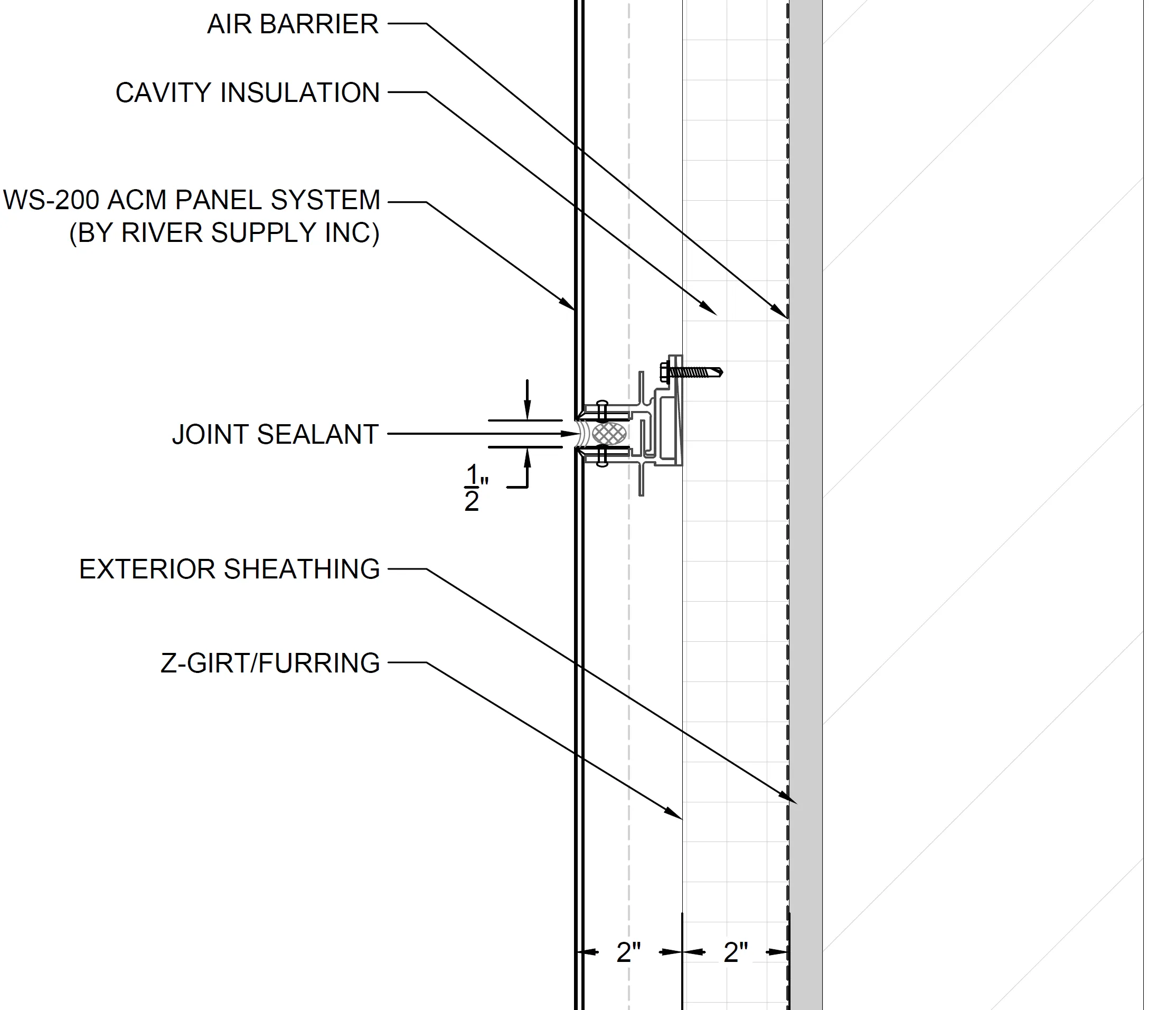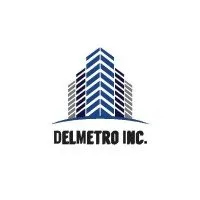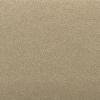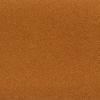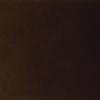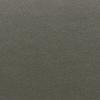(This article was originally published on www.FLSustainability.com)
Tysons in northern Virginia is a dynamic urban center within the Washington D.C. metropolitan area, having a large concentration of development and includes stream valley green spaces contiguous with urban parks1. Scheduled to be completed later this year at the large-scale Scotts Run development is The Heming designed by CallisonRTKL, now known as Arcadis. Commensurate with sustainability aspirations, the building features Vitrabond® aluminum composite panels produced by Fairview Architectural, which are two sheets of 0.02” aluminum fused to fire-retardant mineral-filled core, for a total thickness of 4mm (0.157 inch)2. The panels use 70% less aluminum than conventional 1/8” aluminum plate, thereby having the advantages of aluminum but in significantly lower quantity. This is significant considering virgin aluminum is especially energy-intensive to produce3, but aluminum can be considered highly sustainable when used sparingly. Compared to steel, aluminum is stronger and more lightweight. The material of the core, thin as it is, is based on minimally processed minerals that are compatible and fusible with the extremely thin aluminum sheets. Vitrabond® panels are an example of dematerialization, the concept of using less material to fulfill an intended purpose. This correlates with less embodied resources and lighter weight load. As another factor to sustainability, the panels have minimal maintenance and outstanding longevity.

Outstanding Finishes
Vitrabond® panels have a polyvinylidene fluoride (PVDF) exterior finish meeting AAMA 2605 performance standards4, providing an exceedingly high level of durability5, and resistance to dirt accumulation because of its fluoropolymer formula3. Fairview Architectural has extensive options regarding the aesthetics of PVDF finishes, and offers architects the opportunity for coordinating custom finishes. The variability of formulations allows for a wide range of colors, gloss, and special effects such as metallic speckling5. Specific formulations are proprietary, but constituents such as metal oxides and mica pearlescent are used for aesthetics5. The finish is factory-applied by coil coating6, a highly automated and highly efficient process. On a continuous coil coating line, the aluminum sheet is uncoiled, pretreated, primed, coated, cured in finish oven, then recoiled. At The Heming, the finishes are SOG Grey, Dusty Charcoal, which are both custom, Bronze Metallic and Copper Metallic.
Production to Installation
Sustainability in the architectural industry involves considerations of the building materials, specifically raw materials, supply chain, and characteristics of the end product. The Vitrabond® aluminum composite panels are produced by merging the PVDF top-coated aluminum sheet fed from above, with the mineral-based core material as a heated extruded layer fed laterally, along with the backside aluminum sheet fed from below, together passed through rollers in a continuous automated process. The combined interactions of cooling, drying, and pressure cause fusion of the aluminum sheets to the core material as an incredibly thin rigid composite, having a top-coating that is exceptionally durable to the exterior environment. Fabrication is a different stage of production by a separate entity, in this case by River Supply Inc. Fabrication involves cutting to size, then routing and folding at the perimeter edge to result in a continuous return for attachment of respective panels. Installation is by Del Metro Inc.
Method of Attachment
Vitrabond® panels can be integrated into various attachment systems available to the building industry. Specifically at The Heming, the WS-200 system by River Supply Inc. is used, which consists of intricately small linear aluminum profiles to which the panels attach by rivets. The system is fastened to the substructure through shims, which function as a thermal break and also isolate dissimilar materials. Joints are 1/2” gaps sealed by the silicone sealant Dow Corning 795. Silicone sealants are chemically stable and extremely durable with excellent resistance to weathering and aging7. Shown below is a detail of the assembly.
Acknowledgments
Special thanks to Arcadis for photos, River Supply Inc. for the assembly detail, and Del Metro Inc. for specifics.
References
1Tysons Urban Center. Fairfax County Comprehensive Plan, 2017 Edition.
2Vitrabond® Aluminum Composite Panel Technical Information. 2013. Fairview Architectural.
3Ehrlich, B. 2014. Cladding: More Than Just a Pretty Façade. Environmental Building News 23(9): 1-10.
4Vitrabond® Technical Manual. 2020. Fairview Architectural.
5Iezzi, R. A. 2015. Polyvinylidene Fluoride-Based Coatings Technology. In: ASM Handbook, Volume 5B, Protective Organic Coatings. K. B. Tator (ed.)
6Vitrabond® FR Metal Composite Material, Façade System Specification Template. 2016. Fairview Architectural.
7Beall, C. 1999. Thermal and Moisture Protection Manual. McGraw-Hill.
